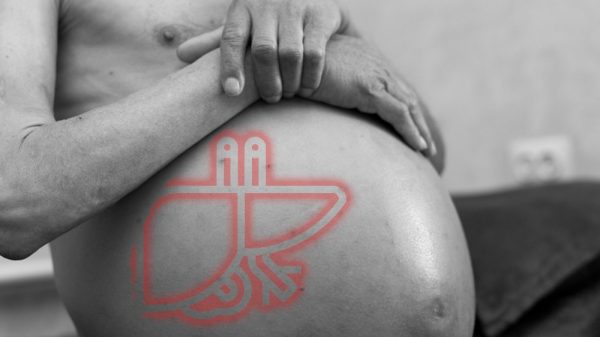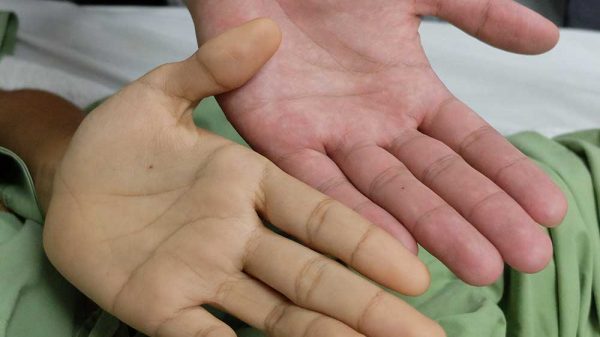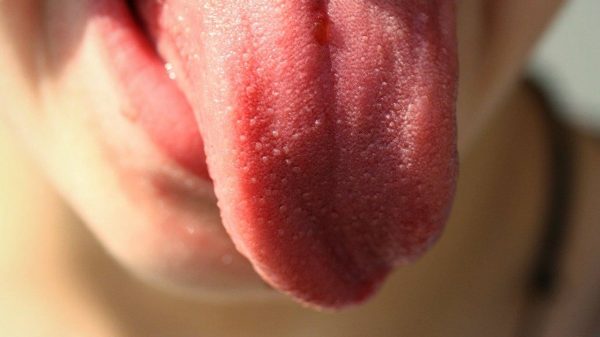Have you been diagnosed with liver cirrhosis? This is a late-stage liver disease that involves severe damage to the vital organ due to heavy scar tissue. Fun Fact: The liver stores about 1 pint (0.5 milliliters) of the body’s total blood supply at any time. There are various types of cirrhosis caused by factors like infection, alcoholism, and disease. In the cause of post necrotic cirrhosis, it can also be caused by injury to the vital organ. The term “necrotic” refers to dead tissue and can result from factors like frostbite, venom, and no blood/oxygen supply. These factors can cause major damage to human cells/tissue, which can lead to the state of necrosis.
There are various causes of necrosis-related cirrhosis. They include factors like viruses and toxins that trigger necrosis. Major vitamin deficiencies can also cause this kind of major liver scarring. Cirrhosis of the liver is a late-stage liver disease that follows other stages that include fatty liver disease (FLD) and low-level fibrosis (scarring). When the condition worsens this develops into more serious stages like liver hepatitis or cirrhosis. If you have cirrhosis it’s critical to try and prevent liver failure. While liver cirrhosis is serious it includes 4 stages so you can take steps to prevent later stages.
What Causes Post Necrotic Cirrhosis?
In order to better understand the “post necrotic” form of cirrhosis, it’s important to know what necrosis. This happens before cirrhosis forms in the liver.
Necrosis is the breakdown of human flesh in the body. Fun Fact: The human body normally experiences up to 70 bill cells dying. So the replacement of dead cells is part of everyday life and not something you should worry about in general.
The problem is necrosis causes unexpected cell death and results from irregular body conditions like:
- Cancer
- Inflammation (severe)
- Diseases
- Injury (serious)
- Venom
- Infections
One of the most common causes of necrosis is the venom of the brown recluse spider. The critter’s bite can cause big lesions with a diameter up to 25 cm (10 inches).
In normal situations die off in a process that causes them to send signals to “janitor cells” in the body. They then clean them up using a specific process. However, there’s less order in the case of necrosis. This results in the process being done with no order. For example, the janitor cells don’t clean up the dead cells. Another problem is that most of the cells’ interior material isn’t released.
Cell breakdown is a very difficult situation to experience. It can result in major injury if it’s not dealt with quickly. The good news is that medical professionals have several ways to stop the process in patients before it becomes damage that can’t be reversed.
Some options include freezing, tissue removal, and high-oxygen areas. In the past necrosis often resulted in medical treatments. However, it’s much easier to contain the damage. The key is to treat the patient correctly to prevent the damage from spreading.
Another issue is this condition doesn’t happen quickly in healthy humans. It’s only caused by a small number of insects/spiders. You should still get medical attention if a spider bite looks infected.
What Exactly Is Cirrhosis?
Post necrotic cirrhosis involves necrosis triggering cirrhosis. So it’s critical to know what this late-stage liver disease is all about. This late-stage liver disease involves scar tissue replacing healthy tissue. This blocks blood flow in the liver. It also slows down the liver’s processing of nutrients, hormones, toxins, and drugs.
Cirrhosis is a continuous and long-term disease. If liver cirrhosis becomes bad enough it results in liver failure. This involves the vital organ being unable to perform basic functions.
There are various causes of liver cirrhosis. They include infections like Hepatitis B/C. Another common one is heavy alcohol drinking. This is one of the main causes of the condition and the most well-known. However, there’s also non-alcoholic liver cirrhosis that isn’t caused by alcohol drinking.
There many symptoms of cirrhosis including:
- Loss of appetite
- Yellowish skin/eyes
- Easy bleeding/bruising
- Fatigue
- Weakness
- Itchy skin
In Stage 1 of cirrhosis, there’s tissue scarring. However, there are no complications. These start in Stage 2 of the disease. They continue into Stage 3, which is cirrhosis. Stage 4 is liver failure and involves end-stage liver cirrhosis.
People are tested for liver cirrhosis using different tests. They include blood tests and imaging tests. Various ones are done to check different factors that could indicate a patient has liver cirrhosis. Then those results are verified using a biopsy. A small sample is taken from the liver then it’s tested to determine how much damage the vital organ has undergone.
In terms of complications, there are several to watch out for. These develop in Stage 2 of cirrhosis and become more severe in Stage 3. Here are some of the possible ones:
- Bacterial infections
- Bleeding
- HE (lack of focus, confusion, etc.)
- Liver cancer
- High blood pressure (liver veins)
These complications can make it even tougher to deal with cirrhosis. So it’s important to prevent the disease’s progression when possible.
Top Foods for Liver Cleansing
CABBAGE
This veggie has sulfur chemical compounds. It also contains a nutrient that’s been proven to be critical for good liver health. Cabbage also provides other benefits like being low-calorie/carbs. Cabbage is a superfood that might help to boost liver health.
TURMERIC
This main ingredient of curry has been used in traditional Chinese/Indian medicine for centuries to treat various health issues. Some recent studies show that chemical compounds in the super spice could help to prevent fat buildup in the vital organ. This is critical as it’s one of the main symptoms of the disease.
BLUEBERRIES/CRANBERRIES
Both of these berries are sky-high in antioxidants including ones that give them their famous colors. Many studies show that these fruits are effective in keeping livers healthy. One study showed that eating the fruits for up to a month helped to prevent liver damage.
AVOCADOS
A 2000 study showed that plant-based chemicals in the tropical fruit helped to reduce liver damage in animals. More research is needed. However, the results of the study show that it’s possible the fruit might be effective in treating liver cirrhosis.
GARLIC
This herb has been used as a medicine for thousands of years. This includes functions like breathing problems, bad digestion, etc. A recent study shows that garlic supplements could boost liver function. Yet another study showed that a garlic chemical compound might help with alcoholic liver damage.
BEETS
More research is needed. However, some studies show that the root vegetable seems to help protect the liver. This is done by lowering extra fatty acids. There are various ways to consume beets like beet juice.
GRAPEFRUIT
Fun Fact: This tropical fruit is a combo of the tropical fruit pomelo and orange. It’s sky-high in Vitamin C, which is a powerful vitamin/antioxidant. It can provide several health benefits. In fact, 1 cup of grapefruit offers enough Vitamin C for the entire day, which might help with symptoms of post necrotic cirrhosis.























